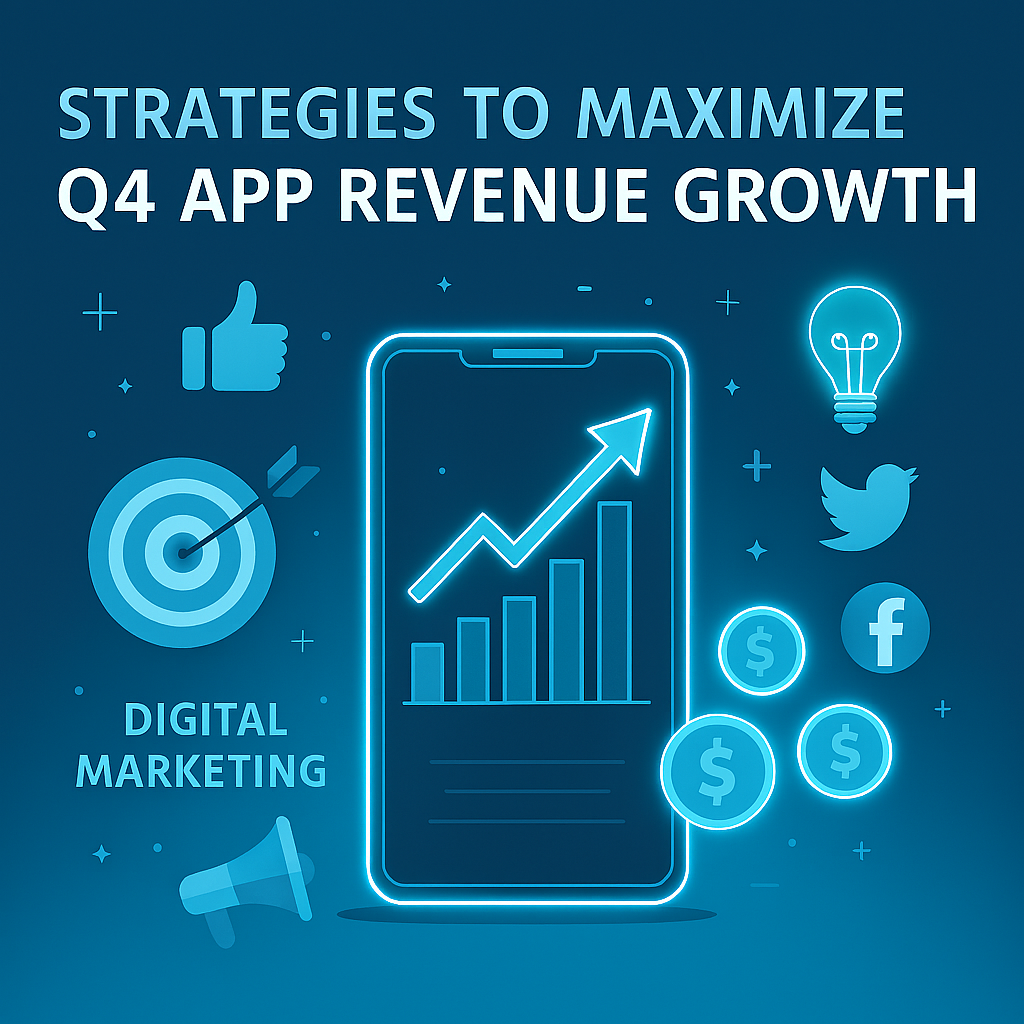In the mobile marketing industry, understanding app User Acquisition Cost (UAC) is essential for maximizing the effectiveness of user acquisition campaigns. With mobile users spending 4.2 trillion hours on apps last year, competition for user attention is fiercer than ever. By 2025, global advertising spend is projected to reach $798.7 billion, with mobile ad alone accounting for $433.7 billion. Considering these figures, knowing how to measure and optimize User Acquisition Cost is critical in order to make informed and data-driven decisions.
This article provides a comprehensive overview of app User Acquisition Cost, explaining what it is, how to calculate it, the factors that influence it, and strategies to reduce it while ensuring sustainable growth.
- What is User Acquisition Cost
- How to calculate User Acquisition Cost
- Pricing methods
- Factors that influence User Acquisition Cost
- Why is User Acquisition Cost important?
- Strategies to reduce User Acquisition Cost
- Conclusion
User Acquisition (UA) refers to all strategies used to attract new users to a mobile app, while User Acquisition Cost (UAC) represents the total amount spent to acquire them.
Understanding app user acquisition cost is essential for measuring the return on investment (ROI) of a user acquisition campaign. ROI is a metric used to assess profitability by measuring the monetary value of an investment against its costs.
To determine how effective and sustainable a user acquisition campaign is, User Acquisition Cost (UAC) should be analyzed along with key performance indicators (KPIs) such as Average Revenue Per User (ARPU) and Lifetime Value (LTV). ARPU represents the average revenue generated by a user in a given period of time, while LTV is a predictive metric which refers to the total revenue generated by a user from the moment they install the app. For a campaign to be profitable, LTV must be higher than User Acquisition Cost, and this can be achieved by either increasing revenue per user or reducing the cost of a new acquisition.
An accurate analysis of app user acquisition cost allows app developers to optimize their advertising budgets and improve app profitability. Thus, by monitoring the relationship between User Acquisition Cost (UAC), ARPU, and LTV, they can determine whether their ad spending is creating value or if adjustments are needed.
User Acquisition Cost (UAC) is calculated by dividing the total spend on acquiring new users by the total number of users acquired in a given period of time. This value provides a clear picture of the effectiveness of user acquisition campaigns, allowing advertisers to evaluate if the budget employed is generating an adequate return

Moreover, an accurate understanding of app user acquisition cost enables optimization of user acquisition strategies, improving resources allocation and maximizing app profitability.
Advertisers can choose from several pricing models when running user acquisition campaigns. Two of the most common are CPI (Cost Per Install) and CPA (Cost Per Action).
CPI (Cost Per Install)
CPI represents the amount of money an advertiser pays each time a user clicks on an ad and installs the app. The cost can vary based on factors such as the region of the world the app is installed, the operating system, or the category of the app.
Operating system
In 2024, the global CPI for iOS was $4.7, compared to Android $3.4 (Business of Apps)
Region
The cost of acquiring users can vary significantly depending on the geographical area, since factors like market saturation, user behavior, and competition impact CPI.
- APAC: $0.93
- EMEA: $1.03
- LATAM: $0.34
- North America: $5.28 (Adjust)
App category
CPI is widely used in mobile gaming due to its scalability. Since the mobile game downloads reached 49.6 billion in 2024, let’s look at the average CPI by genre and platform:
- Casual games: iOS $2.5, Android $1.5
- Hardcore games: iOS $6, Android $4.5
- Puzzle games: iOS $3, Android $2
- Strategy games: iOS $5.5, Android $4
- RPG games: iOS $6, Android $4.5 (Business of Apps)
Beyond gaming, some of the most downloaded app categories in 2024 include: Social apps (8 billion downloads), Finance apps (7.3 billion downloads), and Shopping apps (6.6 billion). Other categories such as Travel (4.2 billion), Health & Fitness (3.6 billion) and Sports Betting (971 million), also show significant user interest, which can impact CPI, and consequently user acquisition cost.
Although gaming and social apps dominate, it is important to keep an eye on these growing categories too since they present valuable opportunities for user acquisition.
CPA (Cost Per Action)
CPA is a pricing model in which the advertiser pays the publisher only when a user takes an action within the app after interacting with the ad. This action may be a registration, a purchase, a subscription or any other post-installation event.
Unlike CPI, which focuses on increasing installs, CPA prioritizes user quality over quantity. Moreover, just like CPI, CPA rates are influenced by factors such as geographic location, operating system, and app category.
User Acquisition Cost for mobile apps is determined by several key factors that influence the effectiveness and sustainability of UA strategies. Among these, the operating system, geographical location, and app category play a crucial role in defining the budget needed to attract new users.
Operating System
One of the most impactful elements on User Acquisition Cost is the platform on which the app is available. Differences between iOS and Android lead to significant differences in campaign costs.
iOS users are generally considered more willing to spend on apps and in-app purchases, which make their acquisition cost more expensive. Additionally, the Apple App Store’s stricter guidelines and review process can further increase costs. On the other hand, Android reaches a broader and more diverse audience, often resulting in lower acquisition costs.
Geographic location
Geographic location also greatly affects User Acquisition Cost.
In developed markets like the United States and Western Europe, competition is high, leading to higher user acquisition costs.
In contrast, emerging markets, where smartphone diffusion is rapidly increasing, often present more affordable opportunities due to lower market saturation. In fact, emerging regions are expected to experience the most significant growth in app engagement, spending, and downloads. By 2030, regions like Central America, South America, and Africa are projected to experience growth rates reaching 12%, 10.9%, and 10.8% respectively. However, cultural differences and local user preferences must be considered to ensure successful user acquisition strategy.
App category
Lastly, the app’s category has a significant impact on the user acquisition cost too.
Highly competitive categories, such as gaming and finance, require larger advertising budgets in order to stand out, as the large number of similar apps forces developers to invest in more aggressive and targeted campaigns.
In contrast, niche or less crowded categories tend to have lower acquisition costs, as there is less competition and a more specific and targeted audience.

Understanding app user acquisition cost is essential for those investing in the mobile app industry. With advertising expenses constantly increasing, making data-based decisions becomes essential. By 2025, the global advertising spend is expected to reach $798.7 billion, with mobile advertising spend alone accounting for $433.7 billion. Thus, in this competitive landscape, having a clear understanding of these costs is crucial for long-term growth and sustainability.
Moreover, tracking these costs isn’t just about budgeting but is a fundamental part of a successful marketing strategy. Identifying the platforms, markets, and app categories that deliver the best return on investment (ROI) allows advertisers to optimize campaigns and allocate resources more efficiently.
Lastly, analyzing User Acquisition Cost helps assess the profitability of marketing efforts, enabling advertisers to fine-tune their strategies and maximize the value of every acquired user.
Acquiring new users is essential, but doing it effectively means finding the right balance between cost and results. A strategic approach can help reduce user acquisition costs without compromising user quality and maximizing return on investment. Here are some useful strategies:
- Targeting: define your ideal target audience clearly: who they are, their interests, needs, and behaviors.
- Creatives: there is no one-size-fits-all formula for a successful user acquisition campaign. Test different creatives, ad formats, and messages to see what works best. Additionally, running A/B tests allows you to compare performances and refine your approach over time.
- Measurement: monitor metrics like UAC, ARPU and LTV to make sure that your user acquisition campaign is attracting profitable users.
- Channels: relying on only one advertising channel can be risky and can limit growth opportunities. Instead, experiment with different types of channels, such as DSPs, ad networks or user acquisition agencies in order to identify the one that works best for your app. In fact, each platform has its own unique characteristics that may be more or less suitable for your app.
In conclusion, understanding and optimizing User Acquisition Cost (UAC) is crucial in order to achieve long-term success in the mobile app industry. The factors that influence UAC, such as the operating system, geographical location, and app category, must be carefully analyzed to make informed decisions. By adjusting strategies to these factors, developers can optimize their marketing efforts and ensure that resources are being used efficiently.




















